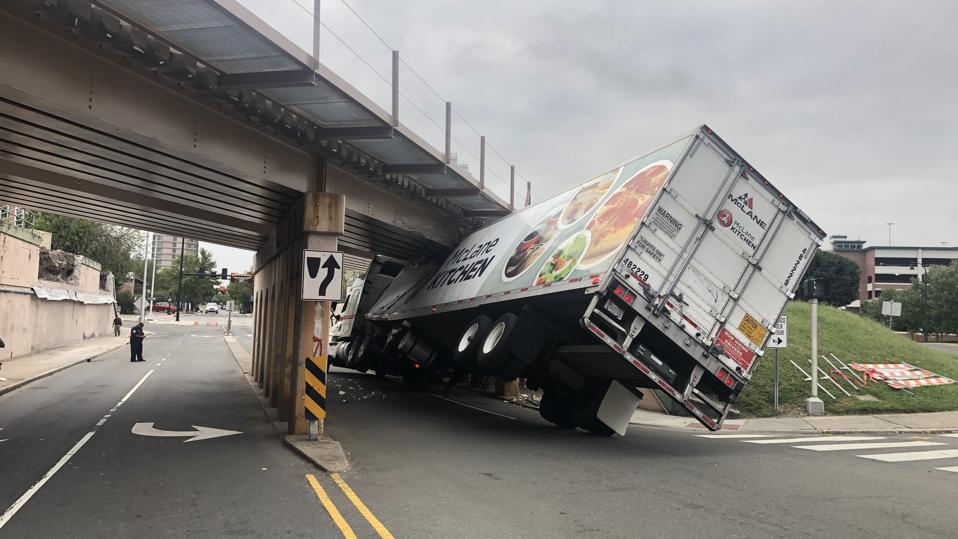Speeding on the roads of New York, like in any metropolitan area, poses significant risks to drivers, passengers, and pedestrians alike. Despite numerous campaigns highlighting the dangers of speeding, this hazardous behavior remains a leading cause of accidents and fatalities. If you are injured in an accident caused by speeding, it is necessary to speak to lawyers at Sullivan & Galleshaw to get deserving compensation.
In this blog, we will explore the various ways speeding leads to accidents and why it’s particularly perilous on New York’s roads.
Increased Stopping Distance
One of the primary dangers of speeding is the increased stopping distance required to bring a vehicle to a halt. When a driver exceeds the speed limit, that reduces the amount of time and space available to react to unexpected obstacles or changes in traffic conditions. For instance, if a pedestrian steps onto the road or another car brakes suddenly, a speeding driver may not have sufficient time to stop, leading to potentially catastrophic collisions.
Reduced Reaction Time
Higher speeds inherently decrease a driver’s reaction time. Remember, human response capabilities are limited, and when traveling at high speeds, the time available to process information and respond appropriately dwindles significantly. So, in a bustling city like New York, where traffic signals, pedestrians, cyclists, and other vehicles create a continuously dynamic environment, every millisecond counts. As a result, speeding drivers often find themselves unable to make quick, necessary decisions, resulting in accidents.
Loss of Vehicle Control
Speeding makes it more challenging to maintain control of a vehicle, especially on New York’s crowded and often unpredictable streets. In fact, higher speeds can amplify the effects of minor errors in steering, braking, or acceleration. For example, taking a sharp turn at high speed can lead to skidding or rolling over, increasing the likelihood of severe accidents. In addition, adverse weather conditions like rain or snow, further exacerbate the difficulty of controlling a speeding vehicle.
Greater Impact Force
The force of impact in a collision increases exponentially with speed. This means that even a small increase in speed can result in significantly more severe damage and injuries. In fact, at higher speeds, the kinetic energy involved in a crash is much greater, making it harder for safety features such as airbags and seat belts to protect occupants effectively. Consequently, speeding often leads to more serious injuries or fatalities compared to accidents occurring at lower speeds.
Increased Risk to Pedestrians and Cyclists
New York City is known for its bustling streets teeming with pedestrians and cyclists. So, speeding drivers pose a heightened risk to these vulnerable road users. Pedestrians struck by a speeding vehicle are far more likely to sustain serious or fatal injuries than those hit by a car traveling at or below the speed limit. Similarly, cyclists, who have minimal protection compared to car occupants, are at great risk when sharing the road with speeding vehicles. In fact, the faster a vehicle is moving, the less time a pedestrian or cyclist has to recognize the danger and take evasive action.
Aggressive Driving Behaviors
Speeding is often associated with other aggressive driving behaviors, such as tailgating, rapid lane changes, and running red lights. These behaviors compound the dangers already present on New York’s busy roads. In fact, aggressive drivers who speed are more likely to engage in risky maneuvers that endanger themselves and others. This aggressive mindset contributes to a hostile driving environment, increasing the likelihood of accidents.
Distracted Driving
The temptation to speed is frequently accompanied by distracted driving, whether it be texting, adjusting the radio, or using a GPS. Distractions are perilous at any speed, but the combination of speeding and distraction is particularly lethal. Remember, at higher speeds, the effects of a momentary lapse in attention are magnified, leading to devastating consequences.
Conclusion
Speeding on roads is undeniably dangerous, contributing to a multitude of accident-causing factors such as increased stopping distance, reduced reaction time, loss of vehicle control, greater impact force, and increased risk to pedestrians and cyclists. However, by adhering to speed limits and practicing safe driving habits, we can significantly reduce the number of accidents and fatalities on our roads.
Remember, arriving a few minutes late is far better than risking lives through dangerous speeding. So, stay safe and drive responsibly!






More Stories
Is there a lifetime limit on epidural steroid injection?
What is Section 20 of the Motor Accident Insurance Act (Queensland)?
Where to Watch USMNT vs Jamaica National Football Team